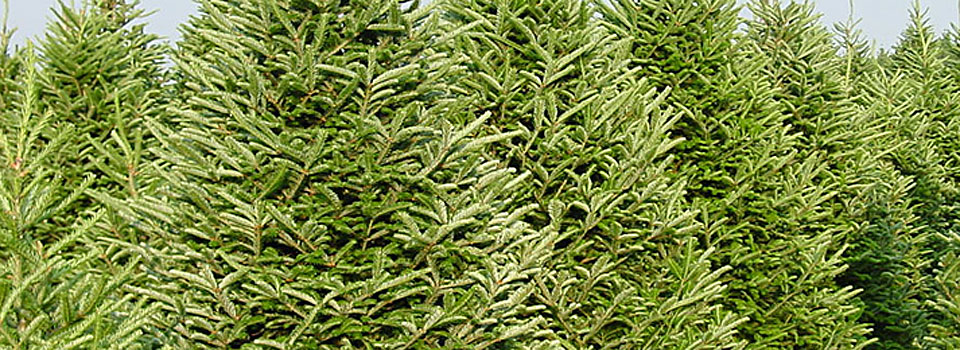When it comes to Christmas trees, Fraser firs top the list. But Georgia Christmas tree farmers can’t grow the tree due to the state’s mild winters and must buy Frasers from North Carolina to sell to their Georgia customers. A University of Georgia horticulturist wants to change that.
Fir trees produce new growth very early in spring, which makes them susceptible to freeze damage. “When new shoots start to grow in early spring, they are often severally damaged or killed by the below-32-degrees temperatures that we often have during the spring here in Georgia and much of the Southeast,” said Mark Czarnota, a horticulturist with the UGA College of Agricultural and Environmental Sciences. Using a $30,000 U.S. Department of Agriculture grant, he wants to deliver another option to Georgia Christmas tree farmers. He is grafting Fraser firs onto Momi firs in his greenhouses and fields on the UGA campus in Griffin, Ga., and working with Georgia Christmas tree growers in Lovejoy and Terrytown.
A native of Japan, the Momi fir (Abies firma Siebold & Zucc.) made its debut in Georgia in the early ’90s. “The planting culture of Momi fir is very different from most other Christmas tree species that growers were currently growing,” Czarnota said. “Needless to say, Momi firs first introduction was a miserable failure.”
With proper management, though, Momi firs can grow in Georgia. The biggest stumbling blocks are adjusting soil pH to around 6.5 and providing irrigation to young plants for two or three years, he said.
Growers in the Southeast don’t like to hear that it takes six to eight years for the tree to reach a desirable Christmas tree size. Traditional Georgia Christmas tree species like Leland cypress and Virginia pine mature in three to four years. When it comes to growing Christmas trees, the sooner a tree matures, the sooner the farmer can take it to market. Fraser Firs will grow in north Georgia, but the downside is that the tree is affected by the root fungus phytophthora. If not treated, it can kill infected plants.
Czarnota hopes to combine the Momi fir rootstock and Fraser scion, or shoot, into a tree that will grow throughout much of Georgia and the Southeast. “I don’t expect it to take over the market, but it will be a great addition,” he said. “A lot of work needs to be done in selecting good Momi grafting stock for desirable uniformity. It’s a lifetime project and great potential exists in trying to cross Momi fir with other firs.”
One of Czarnota’s collaborators, 82-year-old Earl Worthington, grows Christmas trees in Lovejoy, Ga. “Dr. Worthington was one of the first growers to try to grow firs in the Georgia piedmont region,” Czarnota said. “
Worthington hopes to someday grow enough Fraser Firs to avoid buying from growers in western North Carolina. He bought 300 Fraser firs this season. Worthington has been grafting Fraser firs onto Momi firs for the past 15 years. In the beginning, it took 10 years for him to grow an 8- to 9-foot tree. “I can now produce a 5- to 6-foot tree in five to six years,” he said.
The problem he now faces with his grafting efforts is the inconsistencies. “Some (of the trees) turn out very yellow, some very stiff, some are green all year, some flush early and some flush late,” he said. “Grafting trees is definitely a project for someone with patience.”


